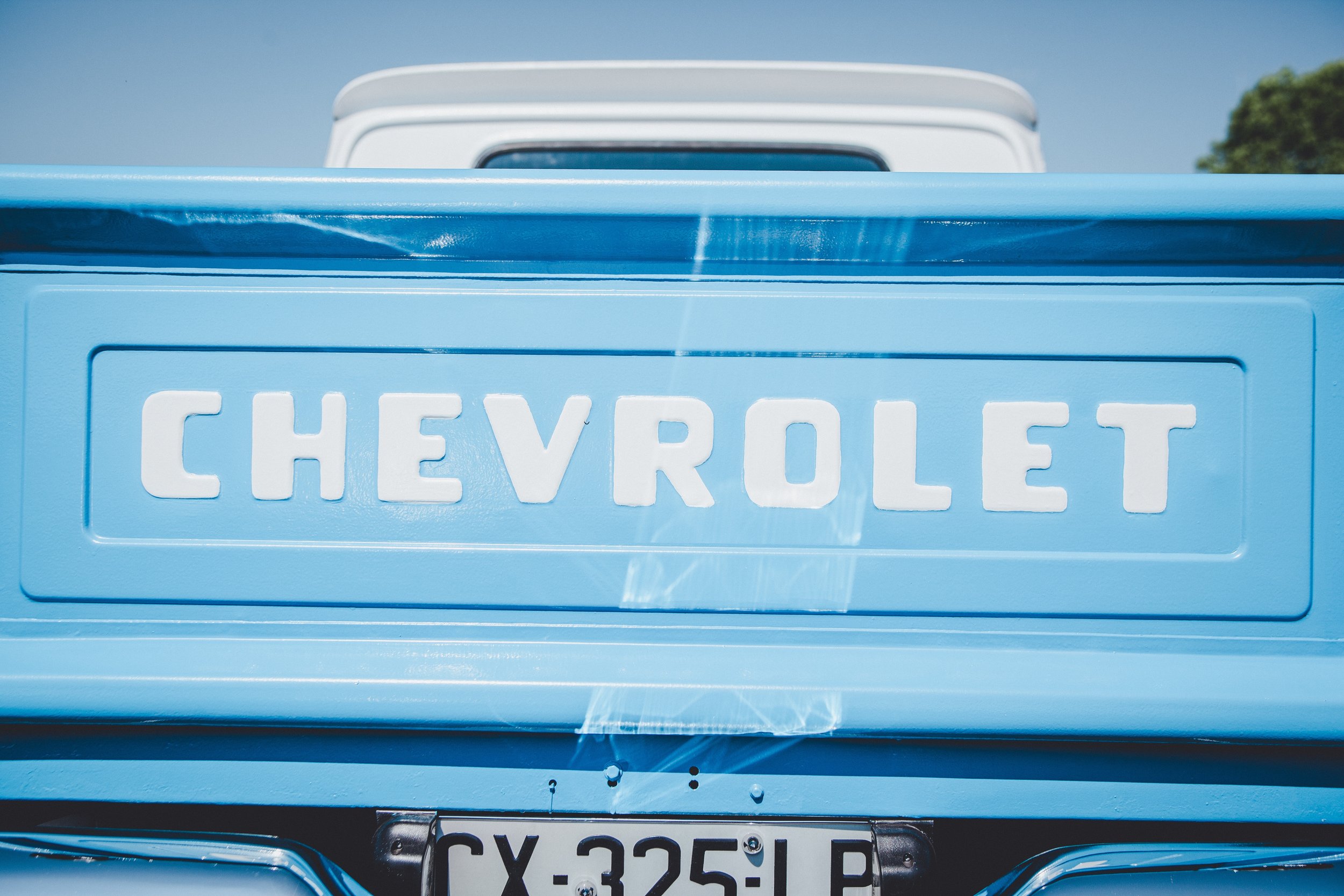Moving with a pick-up truck is not quite as simple as tossing your stuff in the back and riding off into the sunset. To avoid damaging your vehicle or losing your items on the road and causing accidents, you need to prepare adequately and load your things safely and correctly.
Here’s how to do so:
-
Don’t overload your truck. Check the edge of your driver’s side door panel for a factory sticker that will list your vehicle’s load capacity, or GVWR. This number will be the vehicle’s weight plus the maximum weight it can carry. So, if your Toyota Tundra has a GVWR of 6200 lbs, and weighs 4100 pounds, then its load capacity is 2100 lbs, including the driver and passengers. If there is no sticker on your door, check the owner’s manual or look online. Whatever the load capacity is, don’t exceed it! You could seriously damage your vehicle otherwise.
-
Add air pressure to your tires to compensate for the extra weight. Too much weight and your tires will start to bulge, decreasing their handling and steering capacity at high speeds. Estimate how much weight you’ll be adding to the truck and check your owner’s manual for details on the appropriate amount of air pressure to add.
-
Load the heaviest items, like refrigerators, stoves, dishwashers, etc., first, and try to keep the weight evenly balanced on each side. Put lighter boxes in the back and on top, but don’t stack things too high, or they will blow off on the road. Keeping the heavy items up front will keep the front of the vehicle weighted down, which helps steering and handling stay effective. I don’t know about you, but I find steering to be pretty important when driving!
-
Disassemble bed-frames, furniture, etc. and tape or tie them together before loading them up.
-
Strap everything down so it does not move around (or fly away!) during the drive, using the holes/hooks in the interior bed. For local moves, simple rope and bungee cords will do fine, but for longer moves, it’s best to invest in some high-quality ratchet straps. You can rest assured your stuff will not move an inch when using these, even if you have to swerve or screech to a halt.
-
Tape all boxes shut, even plastic containers, and avoid packing the truck with lots of random, small items. Small items are more prone to being picked up by the airstream and flying out of your vehicle. Even if you are sure this won’t happen, act on the safe side and keep things securely packed in boxes or inside your vehicle. If anything flies out and causes an accident, it will be your responsibility. If you have no other option, at least use a sturdy cargo net or tarp to keep everything secured.
-
Ideally electronics and valuables should be packed inside your vehicle, so that you can keep them safe if/when you stop for a meal or stay in a hotel overnight. If you can’t fit everything inside, load boxes so that the labels are hidden. You don’t want would-be thieves to be tempted by boxes clearly advertising “Electronics”.
-
Finally, don’t be this guy!
Thanks for reading! If you liked this post, please recommend or share it with others. 🙂
Want to talk? Connect with Moved on Facebook, Twitter, and Instagram!

















